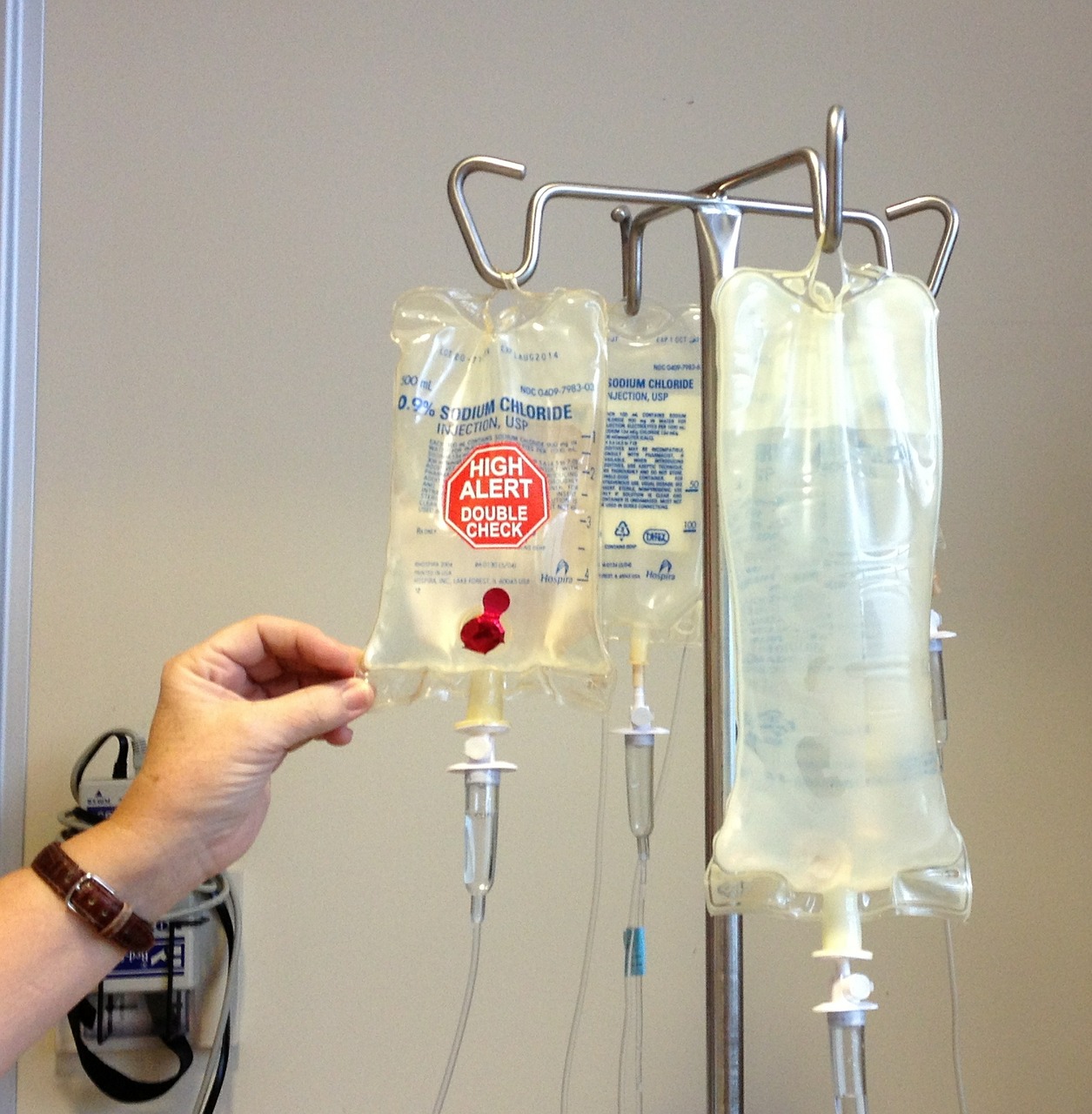Can Healthcare Benefit from Procedure Usage?

I was teaching a class (not in the healthcare arena) and had some interesting discussions around the use of procedures during work. First let’s recap the TapRooT® Definition of a procedure:
A procedure is a written step-by-step description of how a particular task is to be performed that is read and followed during performance of the work by the person performing the work.
A checklist is considered a procedure in our system. For this company there were two perceptions regarding procedures and their uses:
- Those are only necessary if there are people who are not knowledgable on the task.
- Those procedures always make work more difficult.
Now, I have heard these comments before from folks in the healthcare field when the work procedure is used not for a medical “procedure” but when it is used as a checklist. Many doctors and nurses don’t like having to follow a specific path towards medical treatment. And I agree because each human is different, each course of treatment is different, and every scenario is different that it is more difficult to set procedures for every medical treatment. But can tasks and scenarios benefit from the use of checklists within healthcare?
The following article talks about the use of checklists and examined 10,700 surgical procedures. The results although only showing small decreases did show that the implementation of quality checklists dealing with Surgical Safety reduced the following:
Length of Stay from 10.4 to 9.6 days
30-day Readmission Rates from 14.6 to 14.5%
90-day Death Rates from 2.4 to 2.2%
Small numerical changes equate to large numbers in the overall scheme of healthcare. From a 2010 National Hospital Discharge Survey and the National Center for Health Statistics showing some 51.4 million inpatient surgeries performed, that means that we can reduce the number of readmissions by 51,400 patients, and the 90-day death rate means we lower the number of deaths by 102,800 patients. Now I am not sure if you agree but that is a SIGNIFICANT impact on patient care. Those are numbers that could provide pause for those who don’t think checklists can be used in healthcare!
Now going back to our two objections above, let’s now think about why procedures, when implemented and designed properly, can improve performance.
Those are only necessary if there are people who are not knowledgeable on the task.
Procedures can be built to contain a level of information that can be helpful to both experienced and non-experienced practitioners. The idea that just because you have a lot of experience that you cannot make a mistake is unacceptable today. We are fallible, we are human, so why can’t we accept help? I believe it is perception, see comment 2 above:
Those procedures always make work more difficult.
Perception is reality and if people don’t believe or understand why you implement these checklists and don’t implement them effectively then this is understandable.
Here is what checklists help you do:
- Not rely on short-term memory
- Become more consistent in an approach to a job
- Remind and caution against unsafe behaviors
- Document the way work is “expected” to be performed
These four items alone are work an additional 2-3 minutes of time it takes to address and use the checklist, don’t you think?
From the numbers above, and the possible impact on patient care the use of checklists where reasonable is a very simply and effective way to raise the level of performance of your staff and have a very positive impact on patient care. If you would like more information on this or other topics around the TapRooT® system and how it impacts human and equipment performance please feel free to contact me at skompski@taproot.com.



